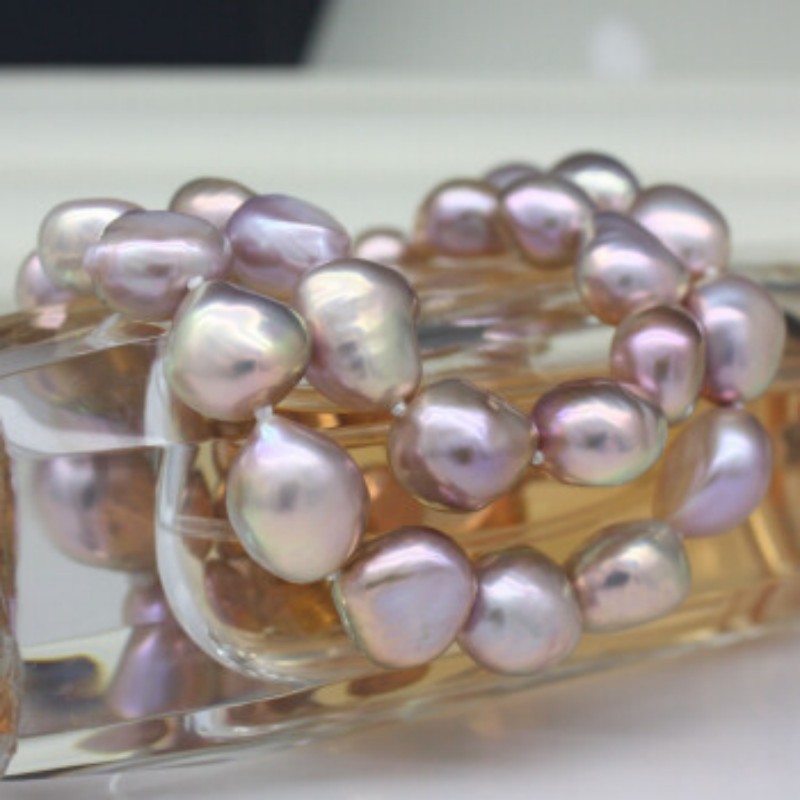Baroque pearls are unique and fascinating gems that have captured the attention of jewelry lovers for centuries. Unlike their perfectly round counterparts, baroque pearls come in a variety of shapes and sizes, each with its own distinctive charm. But where do these extraordinary pearls come from, and what makes them so special?
The origins of baroque pearls can be traced back to ancient times, when pearl diving was a major industry in the Persian Gulf and the Red Sea. In those days, pearls were highly prized for their rarity and beauty, and were considered a symbol of wealth and power. However, the pearls that were harvested were often irregular in shape, and were therefore less valuable than their perfectly round counterparts.
It wasn’t until the Baroque period (1600-1750) that baroque pearls came into their own as a distinct type of gem. During this time, European jewelers began to appreciate the irregularity and unique beauty of these pearls, and began to incorporate them into their designs. Baroque pearls became especially popular in the Baroque style of jewelry, which was characterized by ornate, elaborate designs and an emphasis on drama and extravagance.
Today, baroque pearls are still highly valued by jewelry makers and collectors alike. They are prized for their one-of-a-kind shapes and colors, and are often used to create unique and imaginative jewelry designs. Some of the most sought-after baroque pearls come from the South Pacific, where they are produced by the Pinctada maxima oyster. These pearls are known for their stunning iridescence and their striking, asymmetrical shapes.
In addition to their beauty, baroque pearls also have a fascinating history. In many cultures, pearls were believed to have magical properties and were often associated with the moon, which was considered a symbol of femininity and fertility. In ancient China, pearls were thought to be the tears of dragons, while in ancient Rome, they were associated with Venus, the goddess of love and beauty.
In conclusion, the history and origins of baroque pearls are rich and fascinating. From their humble beginnings as irregularly shaped pearls, to their emergence as a prized gem during the Baroque period, to their continued popularity among modern-day jewelry makers and collectors, these gems have a unique charm that is both timeless and enduring.



